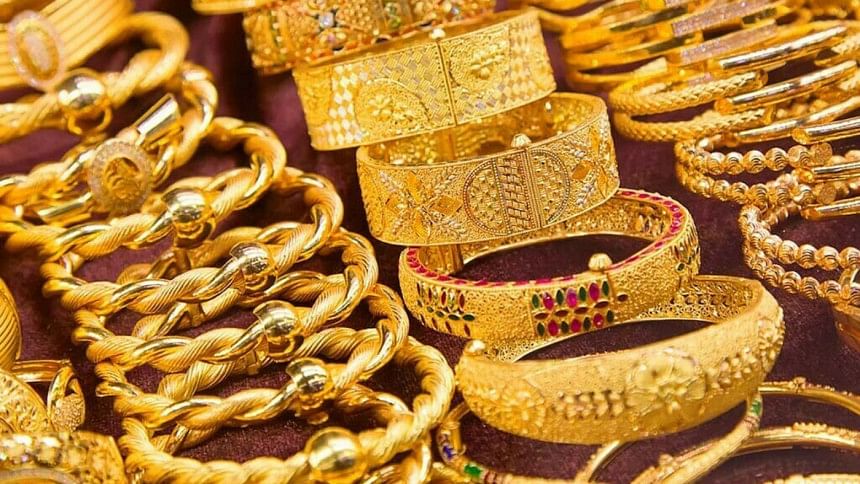Gold gains on US rate-cut optimism

Gold prices edged higher on Monday, supported by the prospect of further US interest rate cuts, while investors awaited key inflation data and upcoming trade negotiations between Washington and Beijing this week for further direction.Spot gold was up 0.3 percent at $4,259.34 per ounce, as of 0514 GMT. US gold futures for December delivery climbed 1.4 percent to $4,273 per ounce.Spot silver rose 0.6 percent to $52.18 per ounce. Prices fell about 4.4 percent on Friday in their worst session...
Gold prices edged higher on Monday, supported by the prospect of further US interest rate cuts, while investors awaited key inflation data and upcoming trade negotiations between Washington and Beijing this week for further direction.
Spot gold was up 0.3 percent at $4,259.34 per ounce, as of 0514 GMT. US gold futures for December delivery climbed 1.4 percent to $4,273 per ounce.
Spot silver rose 0.6 percent to $52.18 per ounce. Prices fell about 4.4 percent on Friday in their worst session since early April, after hitting a record high of $54.47 earlier in the day.
"The gold market is trying to find its footing after Friday's selloff. Sentiment is normalising, cooling down a bit, after a few weeks of mania," said Capital.com analyst Kyle Rodda.
Gold fell about 1.8 percent on Friday, the most since mid-May, after US President Donald Trump said his proposed 100 percent tariff on goods from China would not be sustainable.
He said he planned to meet with Chinese President Xi Jinping and expressed confidence that relations with China would be fine.
"The next big hurdle will be US-China talks this week and the CPI release out of the United States on Friday. Something that I think has allowed for this surge in gold prices is the vacuum created by an absence of economic data."
Figures due on Friday are expected to show US core inflation held at 3.1 percent in September, but should not trouble markets given the Federal Reserve has not pushed back against pricing for rate cuts.
Markets are fully pricing in for a quarter-point Fed rate cut this month, and another one in December, according to the CME FedWatch Tool.
Non-yielding bullion has gained more than 60 percent year-to-date, hitting an all-time high of $4,378.69 on Friday, driven by geopolitical tensions, aggressive rate-cut bets, central bank buying, de-dollarisation and robust exchange-traded fund inflows.